RAW, Verdejo, Airén, Sauvignon Blanc, Spain
Centra, €9

Spanish wine has really found favour with Irish wine lovers. With a growing interest in organic produce, it’s an added bonus that Spain produces more organic wine than any other wine producing country. RAW (Really Awesome Wine) lives up to its name. It is a zippy blend of verdejo, airén and sauvignon blanc. Produced in Villanueva in La Mancha, the area has a continental climate with long hot summers, cold winters and very little rainfall which impacts the grapes grown there. The result is a perfumed wine with notes of white flowers, pear, green melon and lime. These fruity floral notes carry through to the taste. The wine has good acidity and a lime curd-like finish with peach and some sweet spice. It is a delicious aperitive wine to drink by the glass and will also pair with flavoursome Thai or Asian food; a spicy green curry or any dish with coconut milk would be perfect.
La Petite Perriere Sauvignon Blanc (Vin de France) 2017
Supervalu, €9
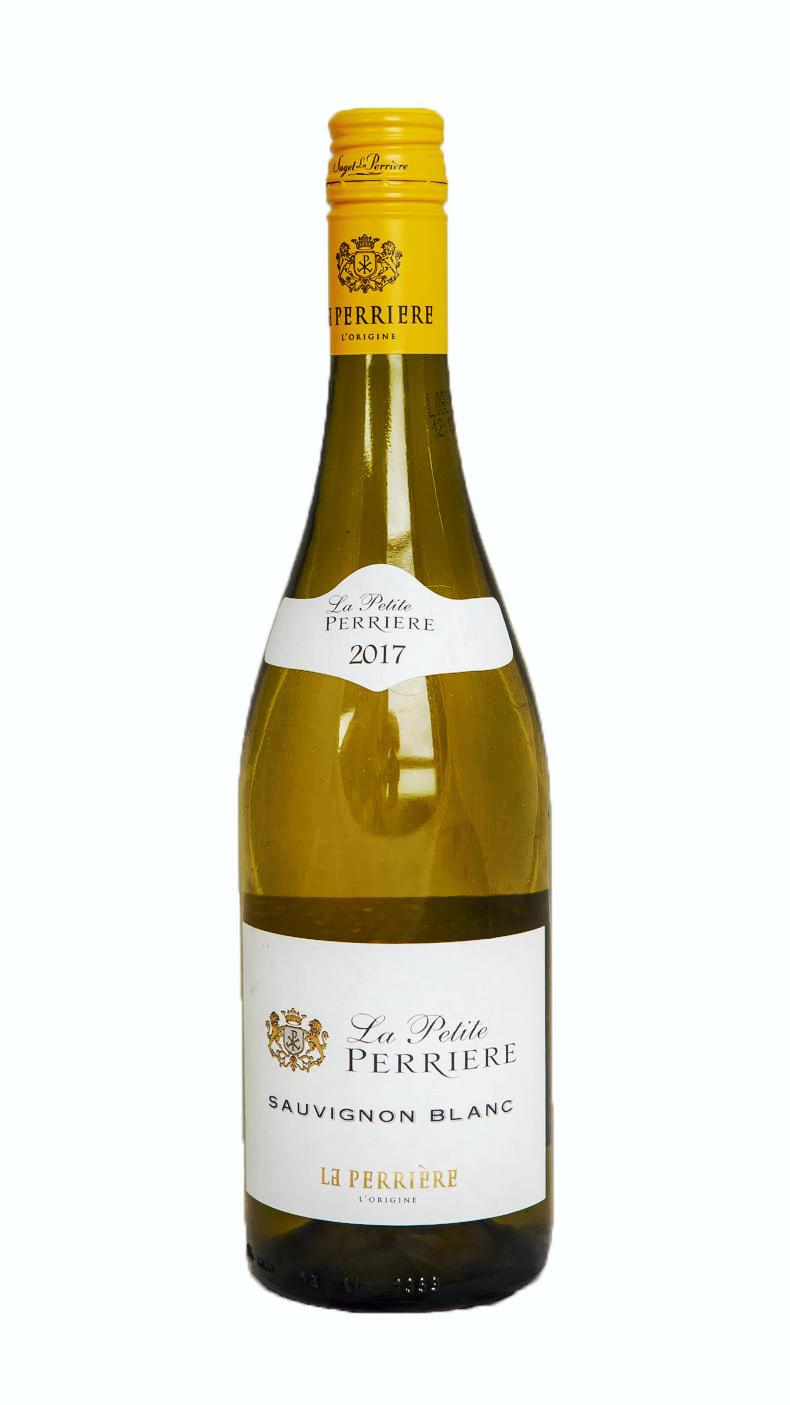
Sauvignon Blanc’s fresh acidic and fruity aromatic character makes it a real crowd pleaser. As a grape, it shows very different aromas and flavours depending on where it is grown. This sauvignon blanc comes from a French Alpine region where the high altitude is perfect for producing elegant, cool-climate sauvignon blanc wine. In this wine, you won’t find the brash gooseberry and cut grass notes of new world sauvignon blanc. Instead, this aromatic wine has notes of citrus, lime, white peach, pear and a fresh slight herbal note. It has well-balanced acidity with some light citrus peel and peach-skin flavours and a restrained minerality. It is an elegant wine that is quite remarkable at this price point. Your friends will thank you if you turn up at a party with a bottle of this. Pair it with white fish or something with a little salt and sweetness like prawns or simply enjoy by the glass.
Bellevigne Cinsault Pays
d’oc 2018
Centra, €10
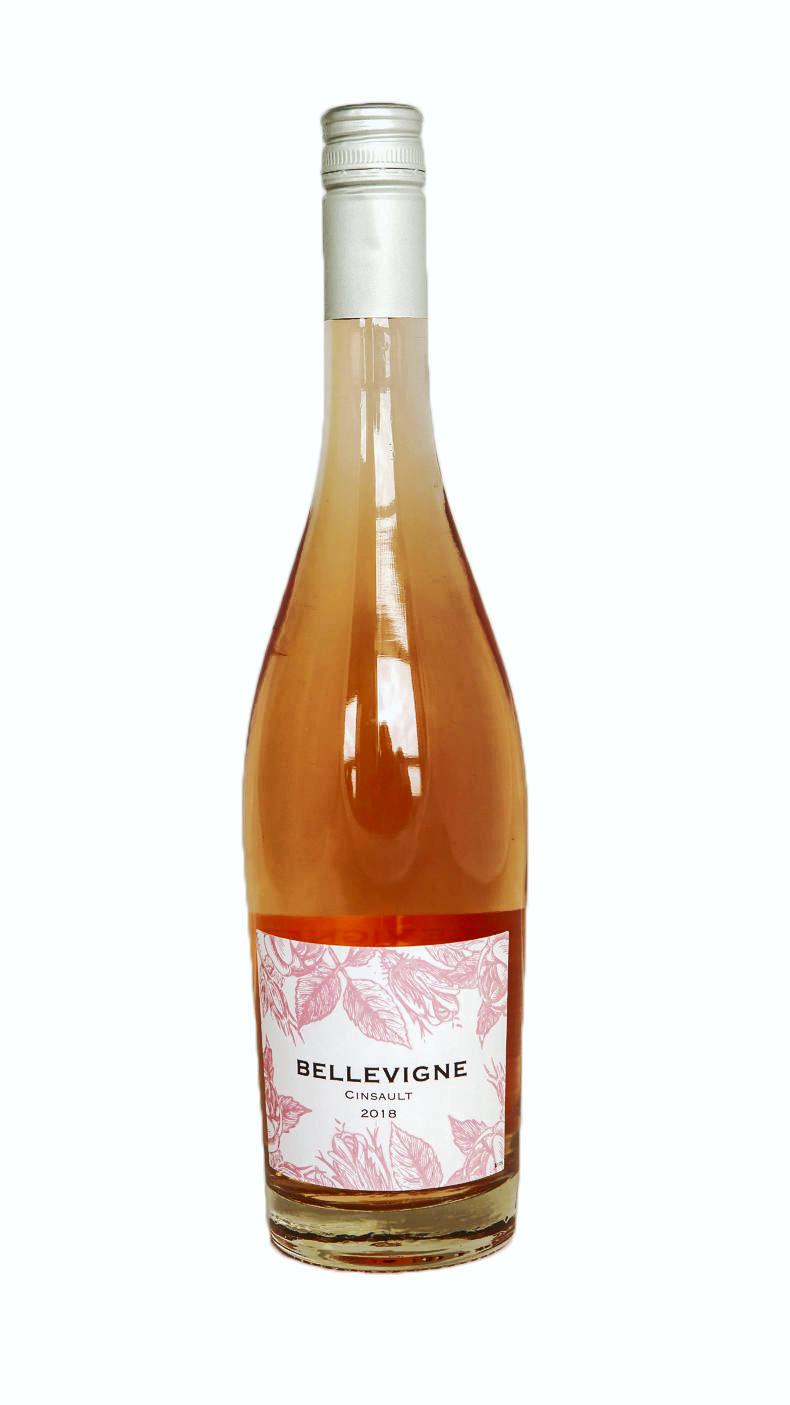
They say not to judge a book by its cover but when it comes to wines, we can tell a lot about the wine in our glass simply from sight. Older white wines tend to be darker in colour, while red wines reveal their age by taking on a brick-like hue. When it comes to rosé, pale elegant wines are very much in fashion. This wine comes from the south of France and is made from the red grape cinsault. Upon harvesting, the grapes are crushed and the dark coloured tannin-rich skins are allowed to remain in contact with the grape’s juices for a short period to produce the desired colour and flavour intensity. Depending on the wine this can be for as short as two hours or for longer than a day. This wine is a perfect example of this style of wine. It is an elegant salmon colour with a rose petal, floral, Turkish delight nose. On tasting it, you’ll find lots of strawberries, some blackcurrant and a herby blackcurrant leaf note. It is fruity with a lovely, dry finish. This would pair beautifully with grilled prawns, and seafood such as scallops.
La Dame En Rose, Terre Du Midi,
2018
Marks and Spencer, €8.80

This is another classy French rosé from the south of France. Terre Du Midi is a relatively newly established IGP (Indication Géographique Protégée). This classification brings together the departments of Aude, Hérault and Gard in Languedoc and is named after the Canal du Midi that runs through this area. The 2018 wines will be the first marked with the IGP Terre Du Midi. This pale, salmon coloured wine is a feast for the eyes. With notes of red current, red apple and some strawberry, its aroma and flavour doesn’t disappoint. On the palate, it is elegant with a hint of rose petal, cherry and white blossoms. It has a great mouthfeel with well-balanced acidity and deliciously dry finish. This is an incredibly food-friendly wine. Just the thing to remind us of longer sunny summer days and its versatility with food proves it is not just a wine for summer.
Fleurie, Cru de Beaujolais, Exquisite Collection
Aldi, €8.99
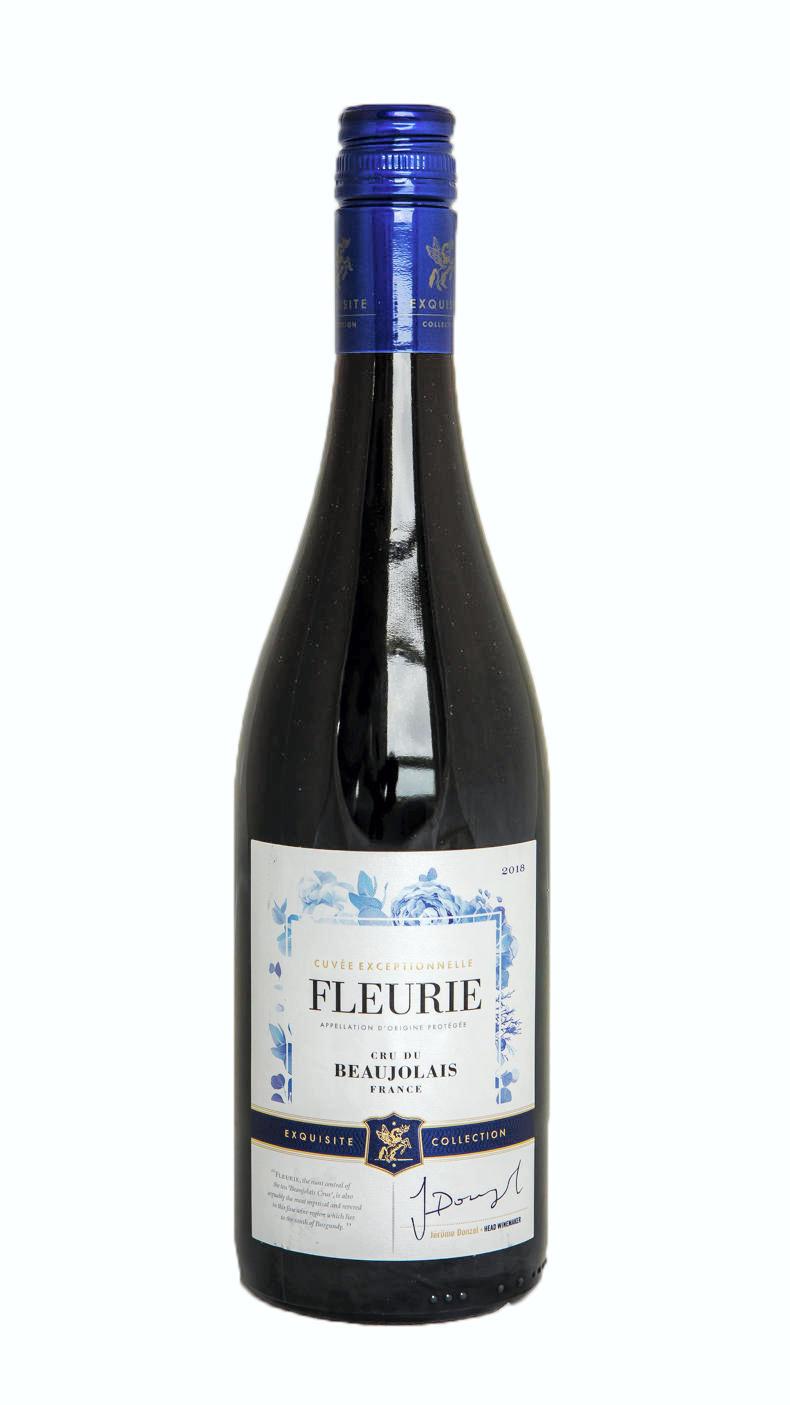
Fleurie is typically a silky, fruity, light-bodied red wine and just the thing to turn to as the seasons change. Fleurie sits on the western side of the Beaujolais hills where the vines benefit from exposure to warm morning sunshine during the growing season. The area lies in the centre of the 10 Beaujolais crus just south of Moulin-à-Vent and Chénas and to the north of Morgon. You’ll find this wine in the Exquisite Collection from Aldi. It could be served slightly chilled and shows classic Gamay grape qualities. It has lots of cherries and red fruit and a hint of bramble spice with a perfumed note of lavender on the nose. It has a savoury, complex finish with soft, velvety tannins and lots of ripe, red fruit when you first take a sip. This would be delicious with a juicy, pink duck breast seasoned with some five spice and would go down a treat alongside any cheese board.
LOT XI Merlot, Clare Valley,
Australia 2018
Aldi, €11.99
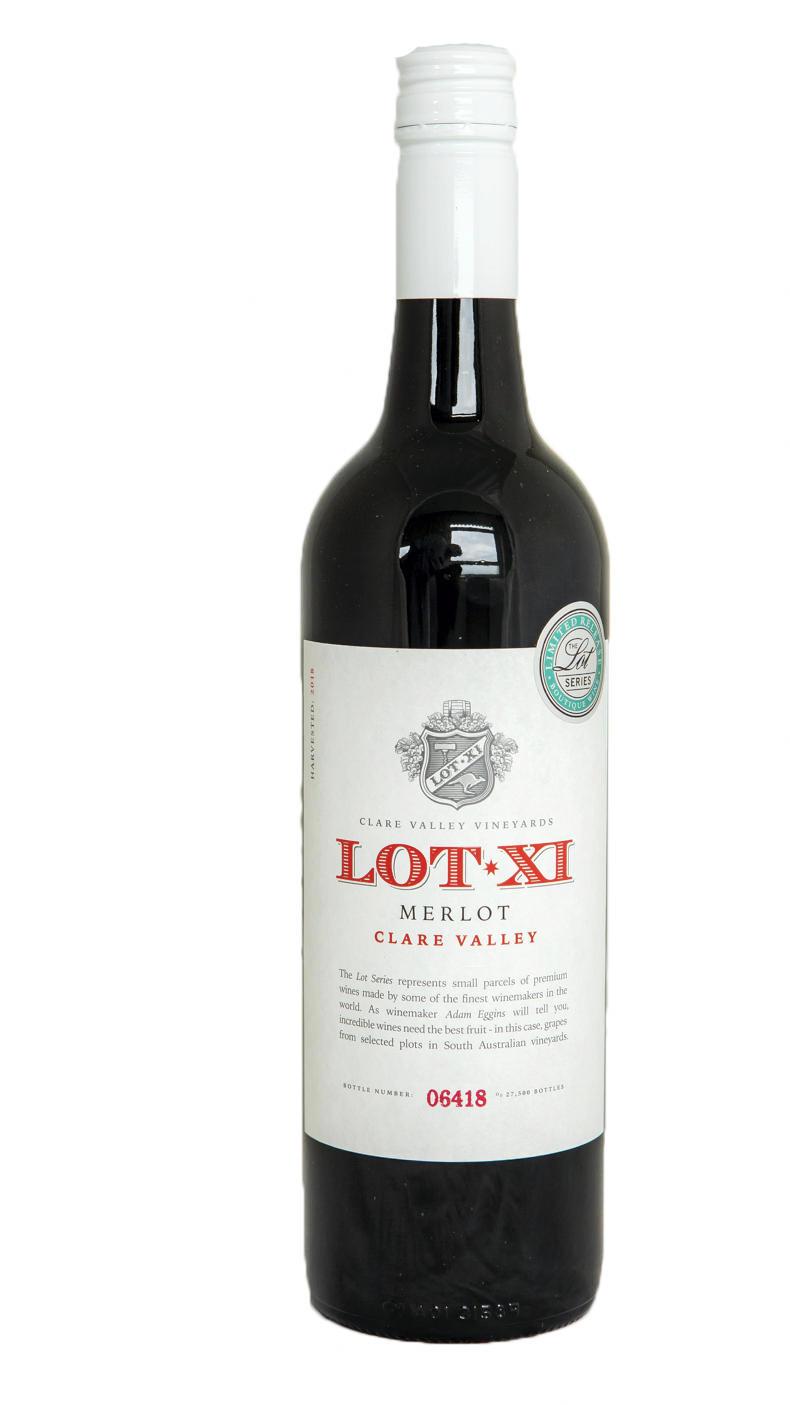
The Clare Valley in Australia bears no resemblance to the dramatic Cliffs of Moher or the Burren’s famous limestone. Instead, it was named by an Irish immigrant Edward ‘Paddy’ Gleeson who was born near Sixmilebridge in 1803. The area’s name is a bit of a red herring, as it isn’t really a valley at all, but a series of four ridges with valleys in between and has become renowned for producing wine. The difference in topography means the region can produce very different styles of wines right next to each other. The more delicate varieties of grapes are grown so they only get the morning sun while the more robust grapes are planted where they can soak up the rays right through the afternoon. Lot XI from Clare Valley Vineyards is made from specially chosen, small parcels of premium vines. Only the best merlot fruit are carefully selected before aging in oak barrels. It has soft velvety tannins and buckets of ripe, rich, red fruit and a sweet spice finish. Pair this wine with a good steak or any red meat for a delicious meal.
Marks and Spencer, €12.50

The thick-skinned malbec grape originated in France where it can be found in the south of France and as one of the top five blending grapes of Bordeaux but it is in Argentina where it gained its reputation as a stand-alone grape varietal. Argentina now leads the world production of malbec, growing over 75% of the total global acreage. This 100% malbec comes from vineyards in Mendoza owned by Herve and Diane Joyaux Fabre. The grapes are grown at an altitude of 1,200m and this cooler climate results in a wine with great freshness. This medium-bodied wine is vibrant and full of ripe red fruits. Delicious plum and spicy strawberry notes predominate. It is great by the glass with no accompaniment but will also work well with spicy Indian curries, pasta with tomato-based sauces and even pizza.
Luzón Colección, Monastrell Roble, Jumilla, Spain
O’Brien’s Wines, €14.95

When the phylloxera plague hit Europe in the 19th century it devastated the wine industry, but the Spanish region of Jumilla surprisingly escaped. French wine merchants came in droves seeking wine which led to a period of economic success and expansion. Unlike the rest of Europe, vines here were never regrafted onto resistant new world rootstock. Unfortunately, the phylloxera pest eventually struck in 1989, and decimated the wine production in this region by 60%. The slow, expensive process of replanting and grafting had a silver lining; it enabled the region to adopt some of the newer successful methods of grape growing and wine making which were proving popular in the neighbouring areas. This monastrell comes from one of Jumilla’s top estates, Luzón and is a new wine to the O’Brien’s range. The light toasty oak character developed by three months ageing in French and American oak, balancing the vibrant monastrell grape. The wine has a rich plum, ripe, candied-fruit character which has a touch of spicy mulled wine on the finish.
Camboral, Reserva Tempranillo Rioja, 2014
Dunnes Stores, €15.99
On promotion-buy two for €28
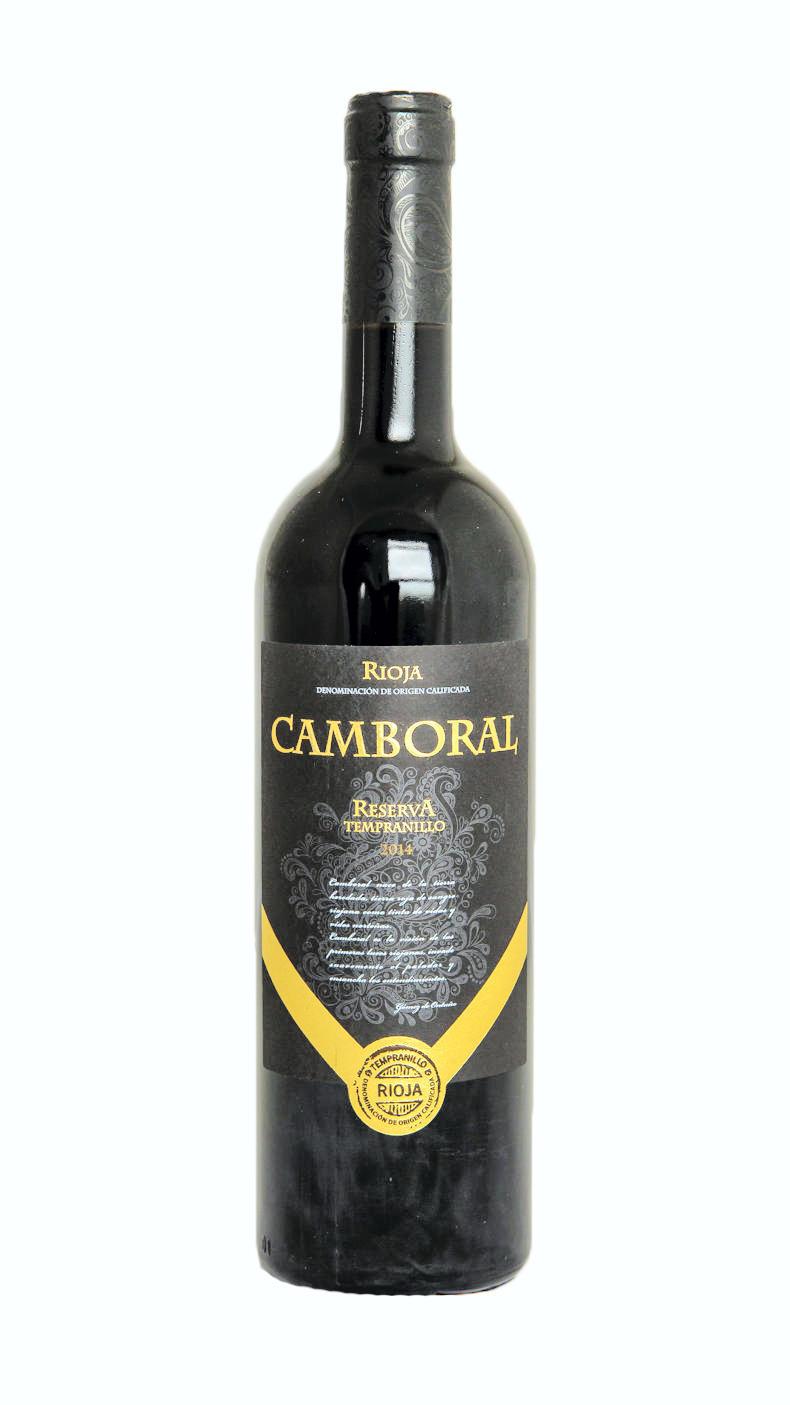
The region of Rioja is well loved and has gained a reputation for full-bodied tempranillo wines. The tempranillo grape has lots of tannins which can give a drying, heavy feel to a wine. You don’t really taste tannins but you can feel them across your gums; a very strongly brewed cup of tea has the same effect. Tannic tempranillo wines often benefit from ageing which softens the feel of the tannins. In Rioja, to help consumers know what to expect when they crack open a bottle, the amount of time a wine is aged falls into different classifications. Red rioja reserva has to be aged for a minimum of three years with at least one year spent in oak barrels and at least a further six months in bottles. They typically have a superb balance between fruit and structure. This rioja reserva, available from Dunnes Stores, is from the 2014 vintage so it has had quite some time to mature. It shows all the expected characteristics. It has lots of sweet spice and dried-fruit notes and a lightness and finesse which makes it a very drinkable, enjoyable wine.
RAW, Verdejo, Airén, Sauvignon Blanc, Spain
Centra, €9

Spanish wine has really found favour with Irish wine lovers. With a growing interest in organic produce, it’s an added bonus that Spain produces more organic wine than any other wine producing country. RAW (Really Awesome Wine) lives up to its name. It is a zippy blend of verdejo, airén and sauvignon blanc. Produced in Villanueva in La Mancha, the area has a continental climate with long hot summers, cold winters and very little rainfall which impacts the grapes grown there. The result is a perfumed wine with notes of white flowers, pear, green melon and lime. These fruity floral notes carry through to the taste. The wine has good acidity and a lime curd-like finish with peach and some sweet spice. It is a delicious aperitive wine to drink by the glass and will also pair with flavoursome Thai or Asian food; a spicy green curry or any dish with coconut milk would be perfect.
La Petite Perriere Sauvignon Blanc (Vin de France) 2017
Supervalu, €9

Sauvignon Blanc’s fresh acidic and fruity aromatic character makes it a real crowd pleaser. As a grape, it shows very different aromas and flavours depending on where it is grown. This sauvignon blanc comes from a French Alpine region where the high altitude is perfect for producing elegant, cool-climate sauvignon blanc wine. In this wine, you won’t find the brash gooseberry and cut grass notes of new world sauvignon blanc. Instead, this aromatic wine has notes of citrus, lime, white peach, pear and a fresh slight herbal note. It has well-balanced acidity with some light citrus peel and peach-skin flavours and a restrained minerality. It is an elegant wine that is quite remarkable at this price point. Your friends will thank you if you turn up at a party with a bottle of this. Pair it with white fish or something with a little salt and sweetness like prawns or simply enjoy by the glass.
Bellevigne Cinsault Pays
d’oc 2018
Centra, €10

They say not to judge a book by its cover but when it comes to wines, we can tell a lot about the wine in our glass simply from sight. Older white wines tend to be darker in colour, while red wines reveal their age by taking on a brick-like hue. When it comes to rosé, pale elegant wines are very much in fashion. This wine comes from the south of France and is made from the red grape cinsault. Upon harvesting, the grapes are crushed and the dark coloured tannin-rich skins are allowed to remain in contact with the grape’s juices for a short period to produce the desired colour and flavour intensity. Depending on the wine this can be for as short as two hours or for longer than a day. This wine is a perfect example of this style of wine. It is an elegant salmon colour with a rose petal, floral, Turkish delight nose. On tasting it, you’ll find lots of strawberries, some blackcurrant and a herby blackcurrant leaf note. It is fruity with a lovely, dry finish. This would pair beautifully with grilled prawns, and seafood such as scallops.
La Dame En Rose, Terre Du Midi,
2018
Marks and Spencer, €8.80

This is another classy French rosé from the south of France. Terre Du Midi is a relatively newly established IGP (Indication Géographique Protégée). This classification brings together the departments of Aude, Hérault and Gard in Languedoc and is named after the Canal du Midi that runs through this area. The 2018 wines will be the first marked with the IGP Terre Du Midi. This pale, salmon coloured wine is a feast for the eyes. With notes of red current, red apple and some strawberry, its aroma and flavour doesn’t disappoint. On the palate, it is elegant with a hint of rose petal, cherry and white blossoms. It has a great mouthfeel with well-balanced acidity and deliciously dry finish. This is an incredibly food-friendly wine. Just the thing to remind us of longer sunny summer days and its versatility with food proves it is not just a wine for summer.
Fleurie, Cru de Beaujolais, Exquisite Collection
Aldi, €8.99

Fleurie is typically a silky, fruity, light-bodied red wine and just the thing to turn to as the seasons change. Fleurie sits on the western side of the Beaujolais hills where the vines benefit from exposure to warm morning sunshine during the growing season. The area lies in the centre of the 10 Beaujolais crus just south of Moulin-à-Vent and Chénas and to the north of Morgon. You’ll find this wine in the Exquisite Collection from Aldi. It could be served slightly chilled and shows classic Gamay grape qualities. It has lots of cherries and red fruit and a hint of bramble spice with a perfumed note of lavender on the nose. It has a savoury, complex finish with soft, velvety tannins and lots of ripe, red fruit when you first take a sip. This would be delicious with a juicy, pink duck breast seasoned with some five spice and would go down a treat alongside any cheese board.
LOT XI Merlot, Clare Valley,
Australia 2018
Aldi, €11.99

The Clare Valley in Australia bears no resemblance to the dramatic Cliffs of Moher or the Burren’s famous limestone. Instead, it was named by an Irish immigrant Edward ‘Paddy’ Gleeson who was born near Sixmilebridge in 1803. The area’s name is a bit of a red herring, as it isn’t really a valley at all, but a series of four ridges with valleys in between and has become renowned for producing wine. The difference in topography means the region can produce very different styles of wines right next to each other. The more delicate varieties of grapes are grown so they only get the morning sun while the more robust grapes are planted where they can soak up the rays right through the afternoon. Lot XI from Clare Valley Vineyards is made from specially chosen, small parcels of premium vines. Only the best merlot fruit are carefully selected before aging in oak barrels. It has soft velvety tannins and buckets of ripe, rich, red fruit and a sweet spice finish. Pair this wine with a good steak or any red meat for a delicious meal.
Marks and Spencer, €12.50

The thick-skinned malbec grape originated in France where it can be found in the south of France and as one of the top five blending grapes of Bordeaux but it is in Argentina where it gained its reputation as a stand-alone grape varietal. Argentina now leads the world production of malbec, growing over 75% of the total global acreage. This 100% malbec comes from vineyards in Mendoza owned by Herve and Diane Joyaux Fabre. The grapes are grown at an altitude of 1,200m and this cooler climate results in a wine with great freshness. This medium-bodied wine is vibrant and full of ripe red fruits. Delicious plum and spicy strawberry notes predominate. It is great by the glass with no accompaniment but will also work well with spicy Indian curries, pasta with tomato-based sauces and even pizza.
Luzón Colección, Monastrell Roble, Jumilla, Spain
O’Brien’s Wines, €14.95

When the phylloxera plague hit Europe in the 19th century it devastated the wine industry, but the Spanish region of Jumilla surprisingly escaped. French wine merchants came in droves seeking wine which led to a period of economic success and expansion. Unlike the rest of Europe, vines here were never regrafted onto resistant new world rootstock. Unfortunately, the phylloxera pest eventually struck in 1989, and decimated the wine production in this region by 60%. The slow, expensive process of replanting and grafting had a silver lining; it enabled the region to adopt some of the newer successful methods of grape growing and wine making which were proving popular in the neighbouring areas. This monastrell comes from one of Jumilla’s top estates, Luzón and is a new wine to the O’Brien’s range. The light toasty oak character developed by three months ageing in French and American oak, balancing the vibrant monastrell grape. The wine has a rich plum, ripe, candied-fruit character which has a touch of spicy mulled wine on the finish.
Camboral, Reserva Tempranillo Rioja, 2014
Dunnes Stores, €15.99
On promotion-buy two for €28

The region of Rioja is well loved and has gained a reputation for full-bodied tempranillo wines. The tempranillo grape has lots of tannins which can give a drying, heavy feel to a wine. You don’t really taste tannins but you can feel them across your gums; a very strongly brewed cup of tea has the same effect. Tannic tempranillo wines often benefit from ageing which softens the feel of the tannins. In Rioja, to help consumers know what to expect when they crack open a bottle, the amount of time a wine is aged falls into different classifications. Red rioja reserva has to be aged for a minimum of three years with at least one year spent in oak barrels and at least a further six months in bottles. They typically have a superb balance between fruit and structure. This rioja reserva, available from Dunnes Stores, is from the 2014 vintage so it has had quite some time to mature. It shows all the expected characteristics. It has lots of sweet spice and dried-fruit notes and a lightness and finesse which makes it a very drinkable, enjoyable wine.






















SHARING OPTIONS: